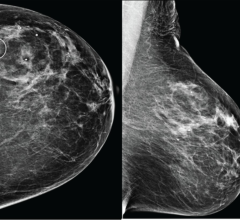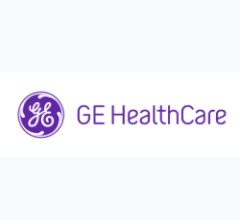Feature | December 26, 2013
Low or high risk coronary artery calcium testing trumps cholesterol levels, high blood pressure, other risk factors in predicting heart attacks, deaths
December 26, 2013 — A study shows that coronary artery calcium (CAC) screening, an assessment tool that is not currently recommended for people considered at low risk, should play a more prominent role in helping determine a person’s risk for heart attack and heart disease-related death, as well as the need for angioplasty or bypass surgery. CAC screening provides a direct measure of calcium deposits in heart arteries and is easily obtained on a computed tomography (CT) scan.
“We showed that by using only the traditional risk factors, we miss a significant percentage of individuals at high risk. We may also be over-treating a large number of people who can safely avoid lifelong treatment,” said lead author Michael Silverman, M.D., cardiology fellow, Brigham and Women’s Hospital, Boston, and lead author. Silverman formerly worked at the Johns Hopkins Ciccarone Center for the Prevention of Heart Disease in Baltimore.
In the study published online Dec. 23 in the European Heart Journal, the researchers compared two approaches to risk assessment. One approach looked only at risk factors including cholesterol, blood pressure, current smoking and diabetes. The other used the direct measurement of atherosclerosis as seen on the coronary artery calcium score.
“Our study, using data from almost 7,000 adult participants in the Multi-Ethnic Study of Atherosclerosis (MESA), shows that coronary artery calcium screening provides an accurate, personalized assessment for those who, by traditional risk factors, are at either high or low risk of a heart attack or death from coronary artery disease,” said Khurram Nasir, M.D., M.P.H, director, wellness and prevention research, Baptist Health Medical Group, Miami, and senior author of the study. Nasir is also an adjunct faculty member at the Johns Hopkins University School of Medicine.
The MESA participants did not have evidence of heart disease when they joined the study between 2000 and 2002. They were assessed for risk factors and had a coronary calcium scan and were followed for a mean of 7.1 years for coronary heart disease events, such as heart attacks.
“We found that 15 percent of people believed to be at very low risk actually had high coronary artery calcium scores above 100 and were at relatively high risk of a cardiac event over the next seven years,” said Roger Blumenthal, M.D., professor of medicine, director, Johns Hopkins Ciccarone Center, and co-author of the study. “On the other hand, 35 percent of study participants thought to be at very high risk and needing aggressive therapy with aspirin and statin medication actually had no coronary artery calcium and an extremely low event rate of the next seven years. For them, we can emphasize lifestyle modifications.”
According to Nasir, the results may encourage a major paradigm shift in how physicians estimate heart disease risk for their patients.
“Our study shows that coronary artery calcium testing holds promise as a frontline assessment for people before they develop heart disease symptoms. In the meantime, we believe that doctors should consider offering a coronary artery calcium scan to their patients to markedly improve risk prediction if they are unsure whether they should be on lifelong statin and aspirin therapy.”
The study, “Impact of Coronary Artery Calcium on Coronary Heart Disease Events in Individuals at the Extremes of Traditional Risk Factor Burden: The Multi-Ethnic Study of Atherosclerosis,” was supported by the National Institutes of Health grant numbers N01-HC-95159 to N01-HC-95166, N01 HC 95169, U01HL105270-03 to HMK and T32-HL-7227-36 to MGS.
For more information: baptisthealth.com, www.hopkinsmedicine.org, eurheartj.oxfordjournals.org
© Copyright Wainscot Media. All Rights Reserved.
Subscribe Now


 December 03, 2025
December 03, 2025 









